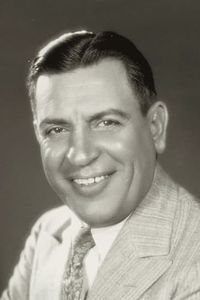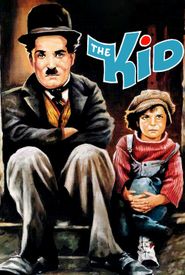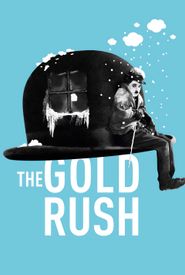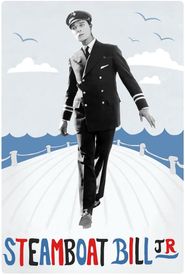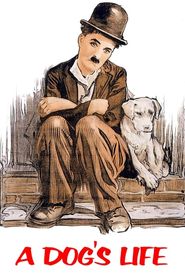Charles Reisner, also known as Riesner, began his professional journey as a prizefighter. He spent ten years performing in vaudeville, eventually transitioning to writing lyrics for musical comedy on Broadway. Under the guidance of impresario Charles B. Dillingham, Reisner moved to California in 1915, where he secured a role as an actor in one-reel comedies at Universal Studios.
Reisner's impressive resume continued to grow as he worked at Vitagraph, before joining Keystone, where he befriended the renowned comedian Charles Chaplin. Recognizing Reisner's innate ability to craft intricate visual sight gags, Chaplin engaged him as a gag writer and occasional actor in his classic comedies at First National Pictures. This collaboration resulted in the creation of iconic films such as A Dog's Life (1918),The Kid (1921),and The Gold Rush (1925),for which Reisner was credited as assistant director.
Reisner's partnership with Chaplin came to an end with The Gold Rush, but he went on to direct Charles' brother Syd Chaplin in a series of films, including The Man on the Box (1925),Oh! What a Nurse! (1926),and The Better 'Ole (1926). He also worked on the frenetic Buster Keaton comedy Steamboat Bill, Jr. (1928),incorporating many classic vaudeville sight gags. Unfortunately, the film failed to impress audiences and proved to be Keaton's last production for his own company.
Throughout the 1930s, Reisner ventured into mystery and crime drama with minor entries like Sophie Lang Goes West (1937),but he remained most comfortable directing the screen's most zany comedians. His extensive filmography includes collaborations with Jack Benny in It's in the Air (1935),The Marx Brothers in their underrated gem The Big Store (1941),Bud Abbott and Lou Costello in Lost in a Harem (1944),and Joan Davis in the slapstick farce The Traveling Saleswoman (1950).
